And here's the grammar and text samples of Tocharian. Note there were two Tocharian languages, usually just called A and B, the first one was liturgical and older the other was the vernacular and younger.
Sample:
1 kāsu ñom-klyu tsraṣiśśi śäk kälymentwaṃ sätkatär.
yärk ynāñmune nam poto tsraṣṣuneyā pukäṣ kälpnāl;
yuknāl ymāräk yäsluñcäs, kälpnāl ymāräk yātlune.
2 tsraṣiśśi māk niṣpalntu tsraṣiśśi māk śkaṃ ṣñaṣṣeñ.
nämseñc yäsluṣ tsraṣisac, kunseñc yärkant tsraṣisac.
tsraṣiñ waste wrasaśśi, tsraṣiśśi mā praski naṣ.
3 tämyo kāsu tsraṣṣune pukaṃ pruccamo ñi pälskaṃ.
4 tsraṣṣuneyo tämne neṣ praṣtaṃ Siddʰārtʰes lānt se Sarvārtʰasiddʰe bodʰisattu sāmudraṃ kārp, ñemiṣiṃ praṅkā yeṣ. 5 ñemintuyo ypic olyiyaṃ sārtʰ Jambudvipac pe yāmuräṣ, ṣpät koṃsā kñukac wraṃ kälk, ṣpät koṃsā pokenā kälk, ṣpät koṃsā lyomaṃ kälk. 6 ṣpät koṃsā wälts pältwāyo oplāsyo wraṃ opläṣ oplā kārnmāṃ kälkoräṣ, päñ kursärwā ārṣlāsyo rarkusāṃ tkanā kälk. 7 tmäṣ rākṣtsāśśi dvipaṃ yeṣ, tmäṣ yakṣāśśi, tmäṣ Baladvipaṃ yeṣ. 8 tmäṣ śtwar-wäknā ārṣlāsyo rarkuñcäs iṣanäs kcäk. śtwar-wäknā speṣinäs kluṃtsäsyo sopis Sāgares lānt lāñci waṣt pāṣäntās śāwes empeles nākās āsuk kätkoräṣ, Sāgareṃ lāntäṣ cindāmaṇi wmār toriṃ kälpāt, poñcäṃ Jambudvipis ekrorñe wawik. 9 ślak śkaṃ -- Ṣāmnernaṃ
māski kätkāläṃ ktäṅkeñc tsraṣiñ sāmuddrä,
traidʰātuk saṃsār tsraṣṣuneyo ktäṅkeñc kraṃś.
kälpnāntär toriṃ puttiśparäṃ wärṣṣältse.
mā=pärmāt tsru-yärm yātal yatsi tsraṣṣune.
10 mā täpreṃ saṃ poñcäṃ saṃsāris kāripac sāspärtwu ālak wram naṣ kosne ālāsune. 11 kyalte neṣ wrasaśśi sne-wāwleṣu sne-psäl klu śwātsi ṣeṣ, kalpavṛkṣäntwaṃ ārwar papyätkunt wsālu yetweyntu waṣlaṃ ṣeñc-äṃ. 12 ālāsāp klu kropluneyā kalpavṛkṣäntu nakäntäm, kappāñ pākär tākaräm. 13 sne-wāwleṣu sne-psäl klu naktäm, śāwaṃ wlesaṃtyo psälaśśäl pākär tākam. cami ālāsuneyis nu tsraṣṣune pratipakṣ nāṃtsu. tämyo tsraṣṣune ñi ārkiśoṣyaṃ pukaṃ pruccamo pälskaṃ.
Translation
1 "The good fame of the strong spreads in the ten directions.
Reverence, respect, obeisance, (and) honor (are) to be attained through strength from everyone.
To be conquered quickly (are) enemies. To be obtained quickly (is) prosperity.
2 Of the strong (there are) great riches; of the strong (are) also many relatives.
Enemies bow down before the strong; to the strong come honors.
The strong (are) the protection of creatures; of the strong there is no fear.
3 Therefore strength (is) good (and) in every way the best (thing) in my opinion.
4 "By means of strength thus, at an earlier time, the son of king Siddhartha, the Bodhisattva Sarvarthasiddha descended upon the ocean. He went to the island of jewels. 5 With a caravan to Jambudvipa also having been made in a ship filled with jewels, for seven days he walked up to the neck in water; for seven days with the arms he walked; for seven days in mud he walked; 6 for seven days in water with lotuses with a thousand leaves, ascending from lotus to lotus he went; five leagues he walked though a place covered by snakes. 7 Thereupon he went to the island of the Raksasas, then to the island of the Yaksas, to Baladvipa, he went. 8 Thereupon he traversed the moats covered by four sorts of snakes. Nets with four sorts of Sphatika thread guarding the royal house of king Sagara, the great, awful Nagas having traversed completely, he obtained the Cintamani-stone, the precious, from king Sagara. Of all Jambudvipa the sickness he caused to disappear. 9 And so (in samner-meter):
"The ocean difficult to cross the strong cross.
The threefold world (of) existence by strength the good cross.
The superior obtain precious Buddhahood.
Strength is not capable of performing a disgrace (even) to a small degree.
10 "There is not another thing (which has) become (lit. turned) so for the injury of the entire world as (has) sloth. 11 For formerly of men without work (there) was chaffless rice to eat. In the kalpa-trees ready prepared for them to wear were clothing and ornaments. 12 The rice of the slothful (man) (to be had) by gathering and the kalpa-trees disappeared for them. Miseries (?) were plainly before them. 13 Without work (and) without chaff the rice disappeared for them. By great labor and with chaff a store of grain was for them. 14 Indeed of this, sloth being the opposite, therefore, strength (is) in the world in my opinion altogether the best thing."
Sample:
1 kāsu ñom-klyu tsraṣiśśi śäk kälymentwaṃ sätkatär.
yärk ynāñmune nam poto tsraṣṣuneyā pukäṣ kälpnāl;
yuknāl ymāräk yäsluñcäs, kälpnāl ymāräk yātlune.
2 tsraṣiśśi māk niṣpalntu tsraṣiśśi māk śkaṃ ṣñaṣṣeñ.
nämseñc yäsluṣ tsraṣisac, kunseñc yärkant tsraṣisac.
tsraṣiñ waste wrasaśśi, tsraṣiśśi mā praski naṣ.
3 tämyo kāsu tsraṣṣune pukaṃ pruccamo ñi pälskaṃ.
4 tsraṣṣuneyo tämne neṣ praṣtaṃ Siddʰārtʰes lānt se Sarvārtʰasiddʰe bodʰisattu sāmudraṃ kārp, ñemiṣiṃ praṅkā yeṣ. 5 ñemintuyo ypic olyiyaṃ sārtʰ Jambudvipac pe yāmuräṣ, ṣpät koṃsā kñukac wraṃ kälk, ṣpät koṃsā pokenā kälk, ṣpät koṃsā lyomaṃ kälk. 6 ṣpät koṃsā wälts pältwāyo oplāsyo wraṃ opläṣ oplā kārnmāṃ kälkoräṣ, päñ kursärwā ārṣlāsyo rarkusāṃ tkanā kälk. 7 tmäṣ rākṣtsāśśi dvipaṃ yeṣ, tmäṣ yakṣāśśi, tmäṣ Baladvipaṃ yeṣ. 8 tmäṣ śtwar-wäknā ārṣlāsyo rarkuñcäs iṣanäs kcäk. śtwar-wäknā speṣinäs kluṃtsäsyo sopis Sāgares lānt lāñci waṣt pāṣäntās śāwes empeles nākās āsuk kätkoräṣ, Sāgareṃ lāntäṣ cindāmaṇi wmār toriṃ kälpāt, poñcäṃ Jambudvipis ekrorñe wawik. 9 ślak śkaṃ -- Ṣāmnernaṃ
māski kätkāläṃ ktäṅkeñc tsraṣiñ sāmuddrä,
traidʰātuk saṃsār tsraṣṣuneyo ktäṅkeñc kraṃś.
kälpnāntär toriṃ puttiśparäṃ wärṣṣältse.
mā=pärmāt tsru-yärm yātal yatsi tsraṣṣune.
10 mā täpreṃ saṃ poñcäṃ saṃsāris kāripac sāspärtwu ālak wram naṣ kosne ālāsune. 11 kyalte neṣ wrasaśśi sne-wāwleṣu sne-psäl klu śwātsi ṣeṣ, kalpavṛkṣäntwaṃ ārwar papyätkunt wsālu yetweyntu waṣlaṃ ṣeñc-äṃ. 12 ālāsāp klu kropluneyā kalpavṛkṣäntu nakäntäm, kappāñ pākär tākaräm. 13 sne-wāwleṣu sne-psäl klu naktäm, śāwaṃ wlesaṃtyo psälaśśäl pākär tākam. cami ālāsuneyis nu tsraṣṣune pratipakṣ nāṃtsu. tämyo tsraṣṣune ñi ārkiśoṣyaṃ pukaṃ pruccamo pälskaṃ.
Translation
1 "The good fame of the strong spreads in the ten directions.
Reverence, respect, obeisance, (and) honor (are) to be attained through strength from everyone.
To be conquered quickly (are) enemies. To be obtained quickly (is) prosperity.
2 Of the strong (there are) great riches; of the strong (are) also many relatives.
Enemies bow down before the strong; to the strong come honors.
The strong (are) the protection of creatures; of the strong there is no fear.
3 Therefore strength (is) good (and) in every way the best (thing) in my opinion.
4 "By means of strength thus, at an earlier time, the son of king Siddhartha, the Bodhisattva Sarvarthasiddha descended upon the ocean. He went to the island of jewels. 5 With a caravan to Jambudvipa also having been made in a ship filled with jewels, for seven days he walked up to the neck in water; for seven days with the arms he walked; for seven days in mud he walked; 6 for seven days in water with lotuses with a thousand leaves, ascending from lotus to lotus he went; five leagues he walked though a place covered by snakes. 7 Thereupon he went to the island of the Raksasas, then to the island of the Yaksas, to Baladvipa, he went. 8 Thereupon he traversed the moats covered by four sorts of snakes. Nets with four sorts of Sphatika thread guarding the royal house of king Sagara, the great, awful Nagas having traversed completely, he obtained the Cintamani-stone, the precious, from king Sagara. Of all Jambudvipa the sickness he caused to disappear. 9 And so (in samner-meter):
"The ocean difficult to cross the strong cross.
The threefold world (of) existence by strength the good cross.
The superior obtain precious Buddhahood.
Strength is not capable of performing a disgrace (even) to a small degree.
10 "There is not another thing (which has) become (lit. turned) so for the injury of the entire world as (has) sloth. 11 For formerly of men without work (there) was chaffless rice to eat. In the kalpa-trees ready prepared for them to wear were clothing and ornaments. 12 The rice of the slothful (man) (to be had) by gathering and the kalpa-trees disappeared for them. Miseries (?) were plainly before them. 13 Without work (and) without chaff the rice disappeared for them. By great labor and with chaff a store of grain was for them. 14 Indeed of this, sloth being the opposite, therefore, strength (is) in the world in my opinion altogether the best thing."













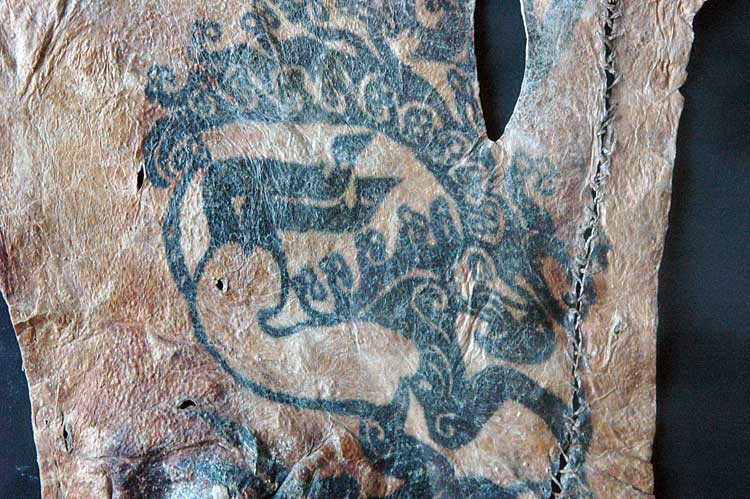




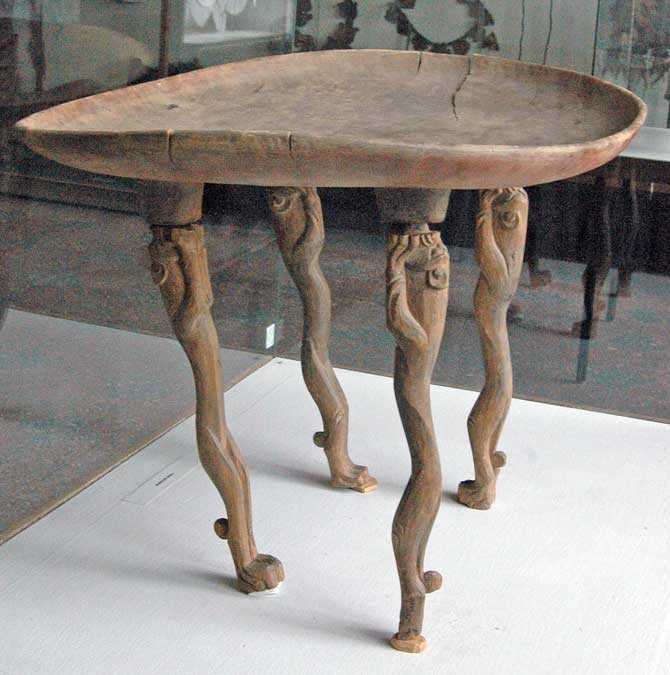
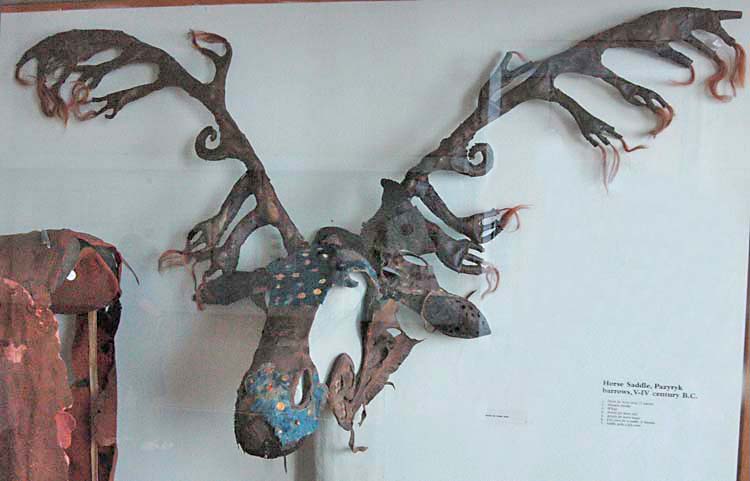

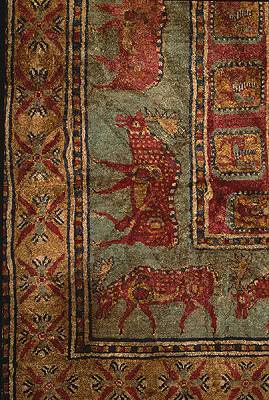
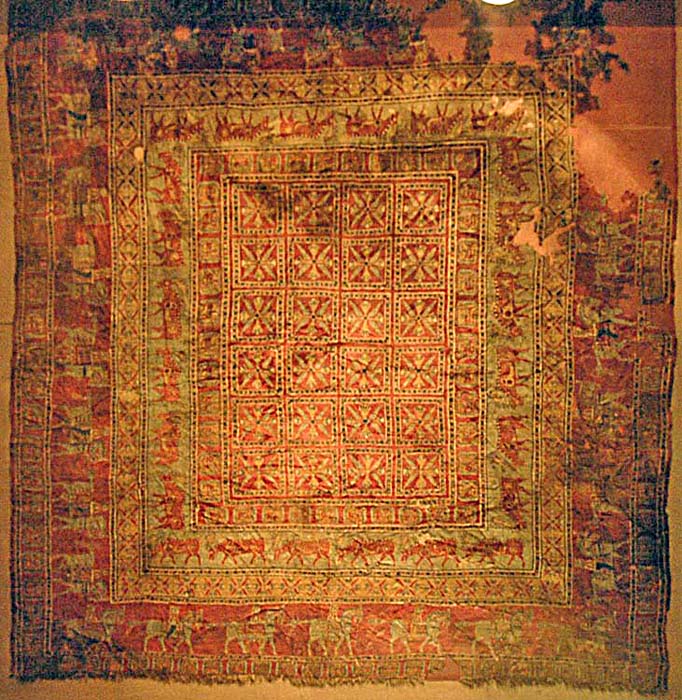
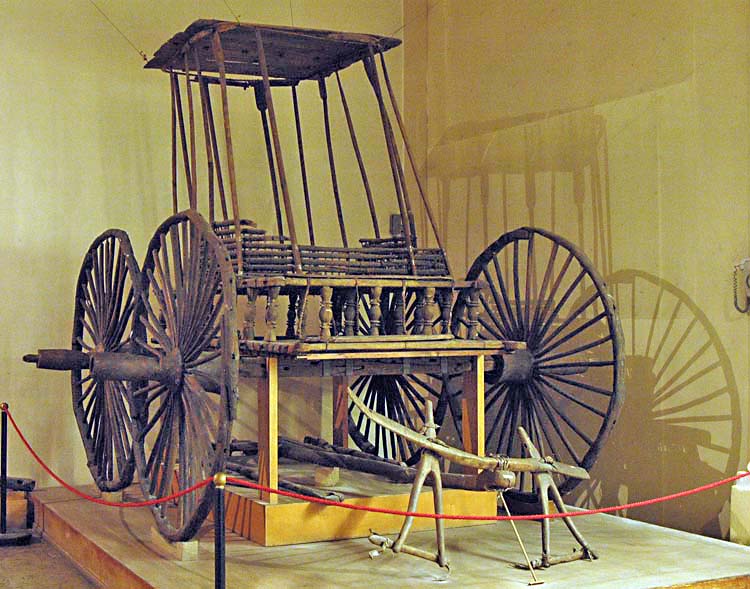
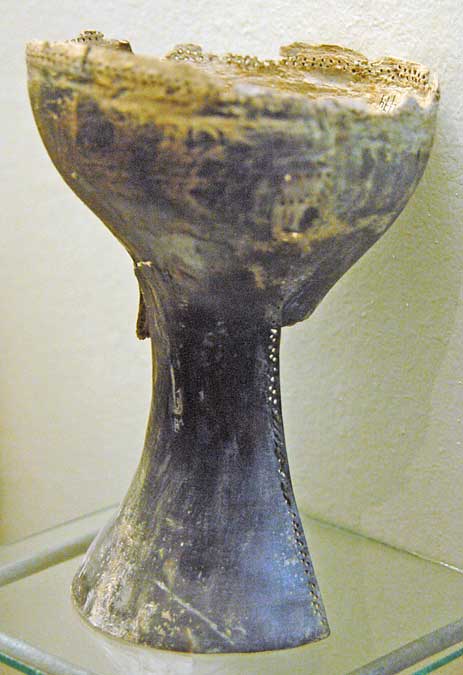
Comment